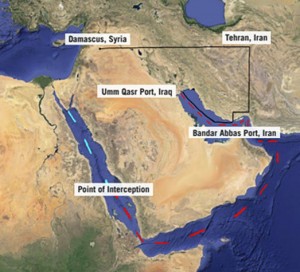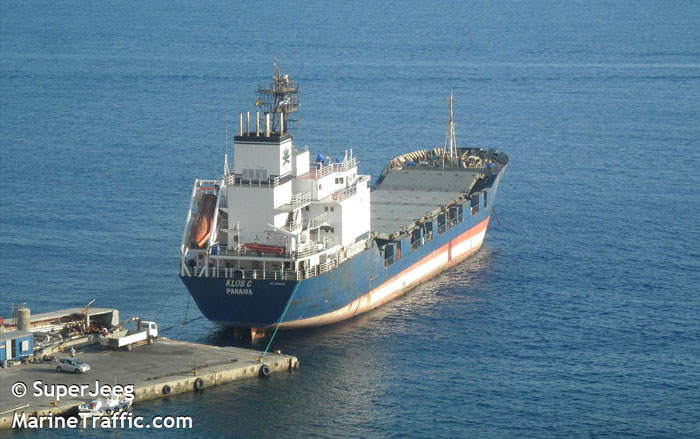05 mars 2014 Romandie.com (AFP)
RYAD - Une crise sans précédent a éclaté au sein du club des monarchies arabes du Golfe, dont trois membres, conduits par l'Arabie saoudite, ont décidé mercredi d'isoler le Qatar, accusé de soutenir activement la mouvance islamiste.
L'Arabie, les Emirats arabes unis et Bahreïn ont rappelé leurs ambassadeurs au Qatar, reprochant à Doha ses ingérences dans les affaires de ses voisins, une première dans l'histoire du Conseil de coopération du Golfe (CCG), qui rassemble depuis 1981 six monarchies du Golfe.
Doha a aussitôt regretté cette décision et affirmé qu'il n'allait pas retirer ses ambassadeurs des trois pays.
Dans un communiqué, le Qatar a évoqué des divergences sur des questions régionales et affirmé sa détermination à respecter ses engagements au sein du CCG, y compris concernant sa stabilité et la sécurité de ses membres.
Le retrait des ambassadeurs a été annoncé au lendemain d'une réunion, houleuse selon la presse, des ministres des Affaires étrangères du CCG à Ryad.
Les pays du CCG ont tout fait auprès du Qatar pour s'entendre sur une politique unifiée (...) garantissant la non-ingérence de façon directe ou indirecte dans les affaires internes de chacun des pays membres, affirment dans un communiqué commun les trois pays.
Ils ont demandé au Qatar de ne soutenir aucune action de nature à menacer la sécurité et la stabilité des Etats membres, citant notamment les campagnes dans les médias, une allusion à Al-Jazeera.
Cette chaîne, outil de la diplomatie du Qatar, a toujours exaspéré les pays de la région, et selon les experts, elle s'emploie à soutenir les islamistes, notamment en Egypte.
L'Egypte a exacerbé les différends
Le communiqué souligne qu'en dépit de l'engagement à respecter ces principes pris par l'émir du Qatar, cheikh Tamim ben Hamad Al-Thani, lors d'un mini-sommet avec l'émir du Koweït et le roi d'Arabie à Ryad en novembre, son pays ne les a pas respectés.
Ce mini-sommet, à l'initiative de l'émir du Koweït, cheikh Sabah al-Ahmad Al-Sabah, était destiné à surmonter le profond désaccord entre Doha d'une part et Ryad, Abou Dhabi et Manama de l'autre sur la conduite à suivre face au nouveau pouvoir installé par l'armée en Egypte en juillet 2013 après l'éviction du président islamiste Mohamed Morsi.
Les trois pays ont perdu tout espoir d'un changement de la politique du Qatar. Ils ont été profondément déçus, a estimé à l'AFP l'analyste émirati Abdelkhaleq Abdallah.
L'émir du Qatar n'a pas pu honorer son engagement (...) et il semble que la vieille garde est toujours active et influente au Qatar, a-t-il estimé, évoquant l'entourage de cheikh Hamad Ben Khalifa Al-Thani, qui avait abdiqué en juin en faveur de son fils, Tamim.
Pour Ryad, Abou Dhabi et Manama, il est temps d'exercer des pressions sur le Qatar dans l'espoir que l'isolement de ce pays l'amène à changer sa politique, désormais inacceptable aux plans arabe et régional, a indiqué M. Abdallah.
Ce richissime pays gazier, dont la diplomatie a pris une dimension démesurée dans la foulée du Printemps arabe, s'est ainsi rangé ouvertement du côté des Frères musulmans écartés du pouvoir en Egypte, tandis que les trois autres pays ont apporté un soutien massif tant politique que financier au nouveau pouvoir égyptien.
Outre ce dossier, le Qatar est soupçonné par ses trois voisins de soutenir les islamistes proches des Frères musulmans dans leurs pays, dont des dizaines ont été condamnés à la prison aux Emirats arabes unis.
La justice des Emirats vient de condamner un Qatari à sept ans de prison. Il était poursuivi pour collecte de fonds au profit d'islamistes dans ce pays, accusés de vouloir renverser le régime.
La crise, qui couvait depuis plusieurs mois, s'était déjà manifestée en février par le rappel par les Emirats de leur ambassadeur à Doha, pour protester contre des propos de l'influent prédicateur islamiste Youssef al-Qaradaoui, accusant Abou Dhabi d'hostilité envers les Frères musulmans.
Au Koweït, président en exercice du CCG, le président du Parlement Marzouk al-Ghanem s'est dit très inquiété par le rappel des ambassadeurs, émettant l'espoir que cette mesure n'affectera pas le sommet arabe prévu fin mars à Koweït.
Le CCG comprend, outre l'Arabie saoudite, Bahreïn, les Emirats arabes unis, le Koweït et le Qatar, le sultanat d'Oman, connu pour sa politique réservée.

































